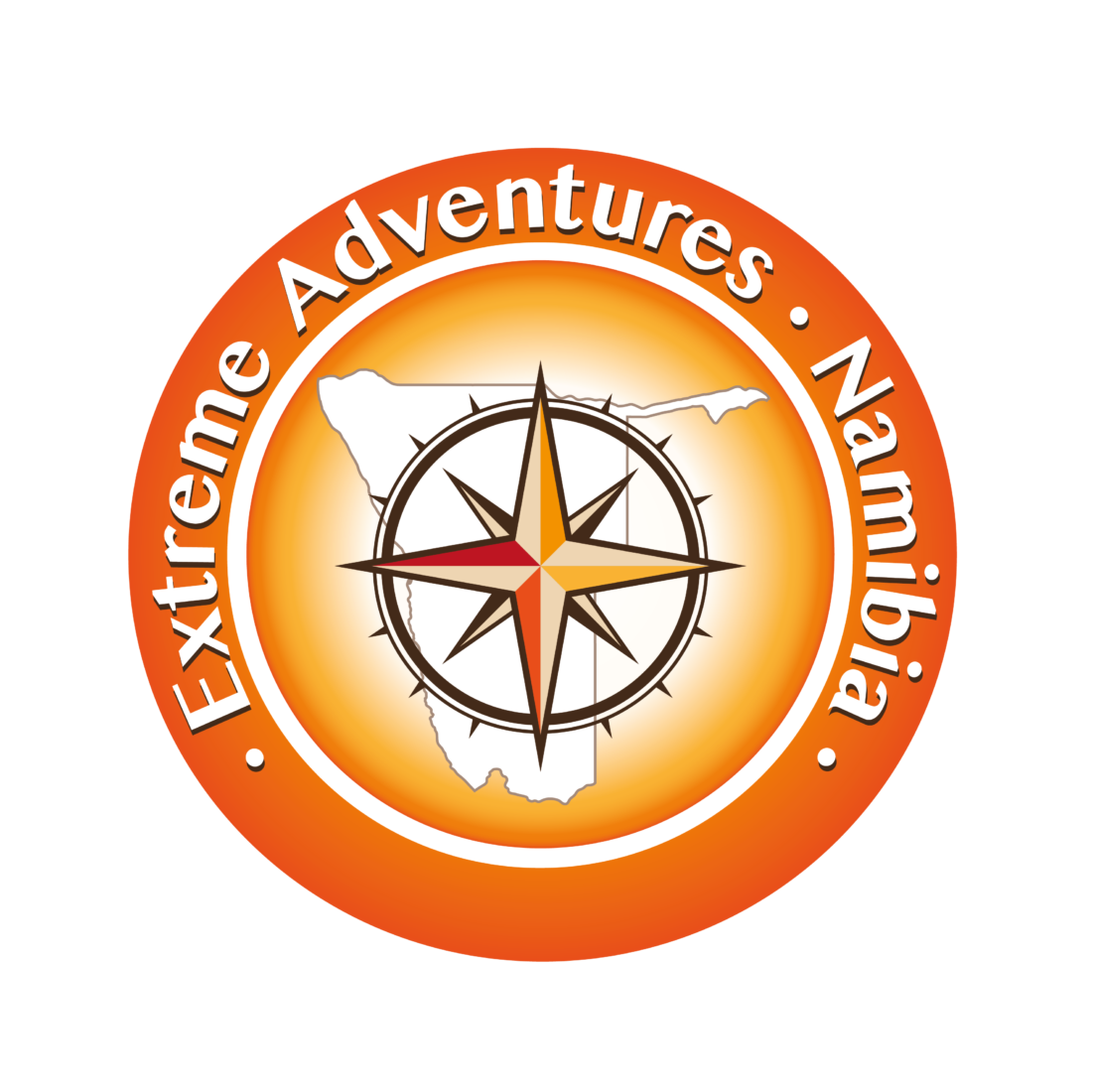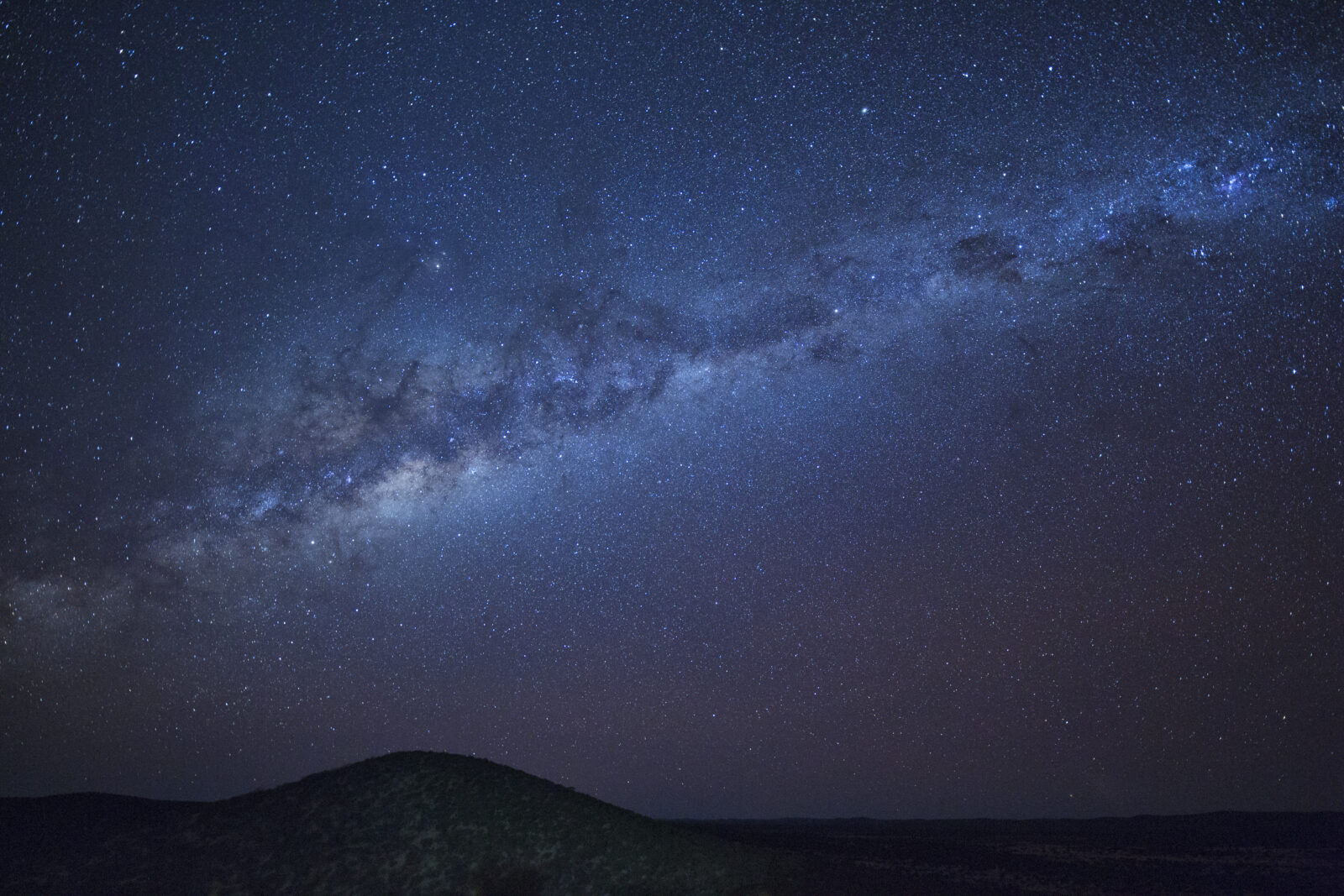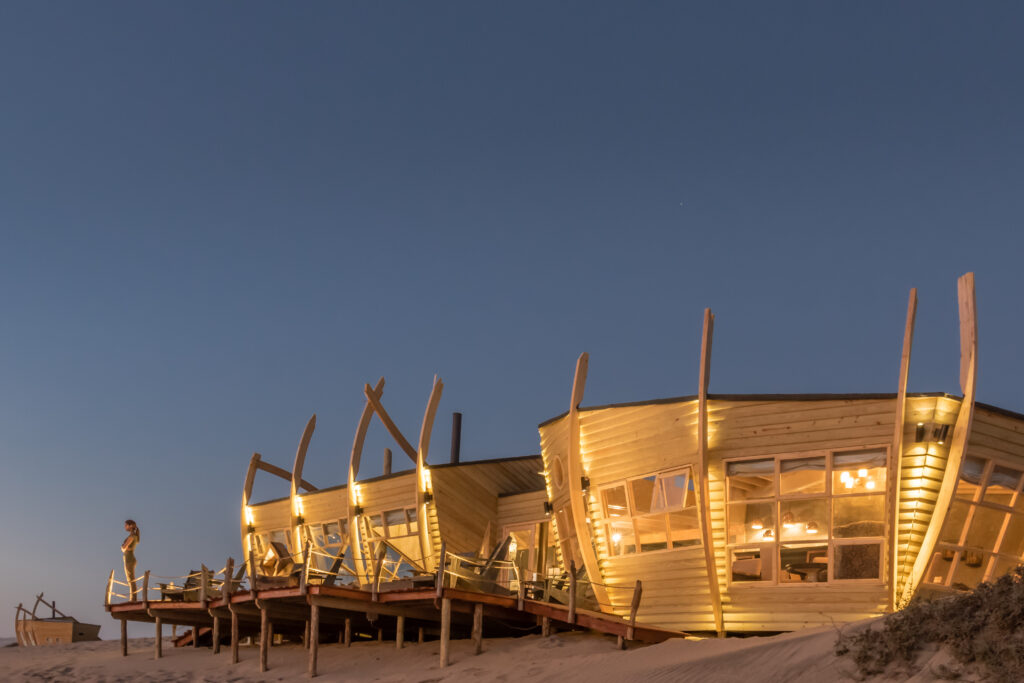TRAVELLING IN NAMIBIA
VISA
All visitors to Namibia must be in possession of a valid passport. Please check with your Consulate or Embassy about your entry and visa requirements.
Namibia is relatively tourist friendly as far as visas are concerned, but it is wise to make sure you always have a few open pages in your passport for the necessary stamps – access to the country can be denied if there is no space for further stamps.
CURRENCY
The currency in Namibia is the Namibian Dollar (N$), which is fixed to and therefore equivalent to the South African Rand (ZAR).
The Namibian Dollar and South African Rand are the only legal tender in Namibia and can be used trough out the country to purchase goods and pay for services.
The Namibian Dollar, however, is not a legal tender in South Africa or other countries.
CREDIT CARDS
International Visa and MasterCard credit cards are generally accepted throughout Namibia. Holders of other cards are advised to clarify with a commercial bank whether their card is acceptable in Namibia.
GENERAL
In Namibia the power plugs and sockets are of type D (the plug with 3 round pins in a triangular pattern) and type M (Plug with 3 round pins). The standard voltage is 220V and the standard frequency is 50 HZ.
Shops are closed on Saturdays, Sundays and on public holidays with the exception of a few grocery stores.
WATER
Generally, water throughout Namibia is safe to drink directly from the tap. However, bottled water is readily available everywhere, so please do not allow yourself to become dehydrated, and drink enough water during the day.
Traveling in Namibia is unlike traveling anywhere else in the world. Namibia is known as the land of endless horizons, its vast distances and epic landscapes.
Namibia has the second lowest population density in the world, so you may spend hours driving through the Namib without seeing another living soul, a shop or a town.




